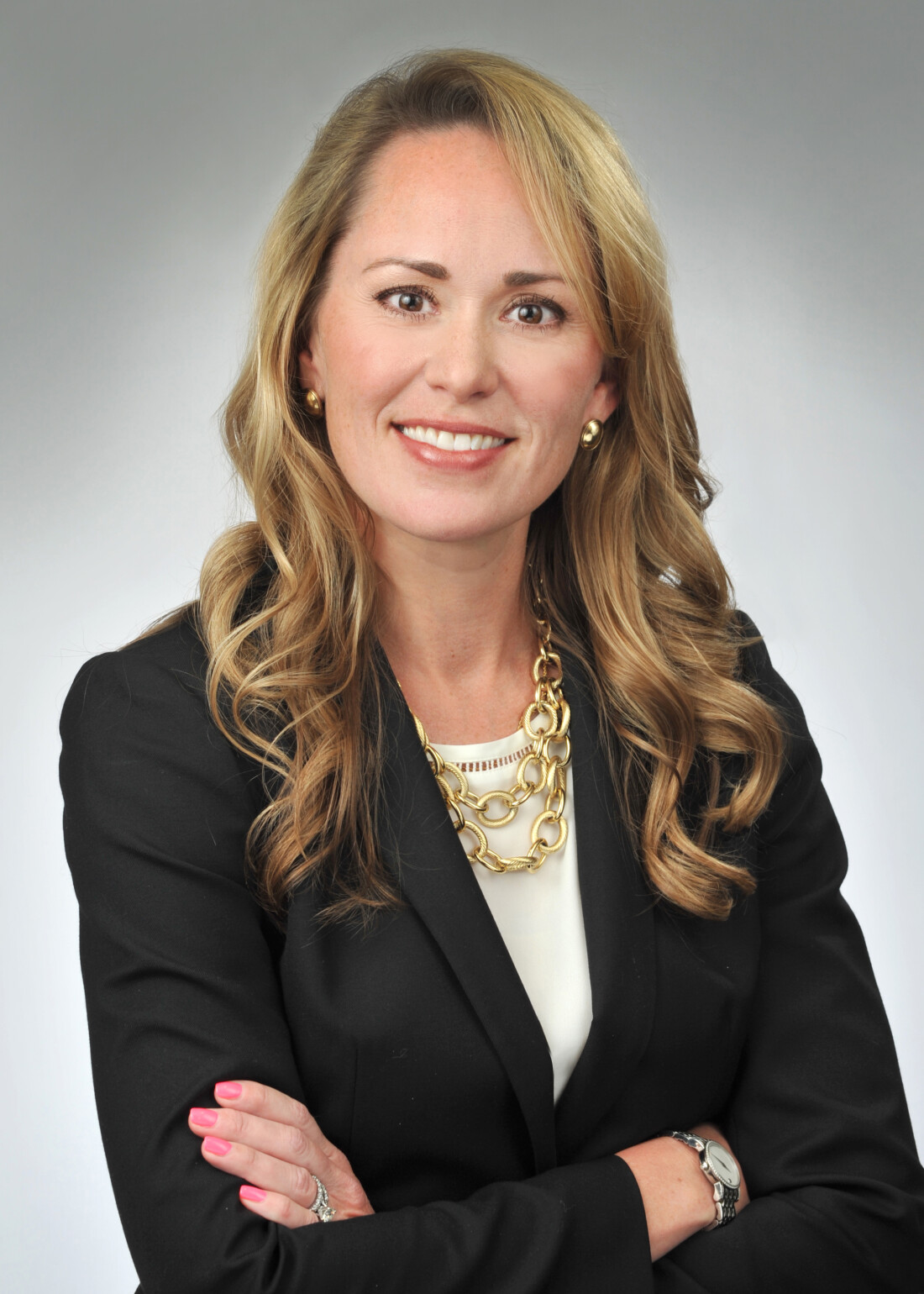"Should I Stay or Should I Go? Working From Home and Traveling for Work"

 Ann Joiner and Emily Truitt authored an article for the spring 2021 issue of Workplace Health magazine on what employers and insurers need to know regarding potential liability surrounding flex-work options, including traveling for work and working from home.
Ann Joiner and Emily Truitt authored an article for the spring 2021 issue of Workplace Health magazine on what employers and insurers need to know regarding potential liability surrounding flex-work options, including traveling for work and working from home.
In Georgia, it is an employee’s burden to show an alleged workplace injury has arisen out of and occurred within the course of employment.
Traveling Employees
Georgia courts label employees who travel for work under the traveling employment doctrine, which broadens the scope of an employee's physical location, hours and activities. Traveling employees are said to be "continuously working," making acts of ministration compensable.
In Thornton v. Hartford Accident & Indemnity Co., 786 (1945), a traveling employee was merely crossing the street from his hotel to a restaurant when he was injured. The Supreme Court of Georgia found compensability and reasoned it was “the very nature of his employment [that] carried him upon the highways and streets.”
"Consequently, we recommend employers establish clear guidelines about expectations of employees when traveling," noted Joiner and Truitt.
Teleworkers
There has yet to be a published appellate case analyzing teleworkers, but some attorneys suggest Amedisys Home Health, Inc. v. Howard, 269 Ga. App. 656 (2004), be considered as applicable precedent. In Howard. the employee was a 24-hour on-call field nurse. Thus, while she was injured at home (and her claim found compensable), the court analyzed her as a traveling (a.k.a. continuous) employee. We await legislation specific to teleworkers.
The best thing an employer can do is set boundaries with flexible employees. Whether employees are traveling or teleworking, employers should fix hours whenever possible.
"As with any claim, the initial investigation of remote work injuries is critical," said Joiner and Truitt. "Asking where exactly the employee was injured, what they were doing when they were injured, whether they were coming or going and whether it occurred during a scheduled break are pivotal."
For the full article, please click here.
